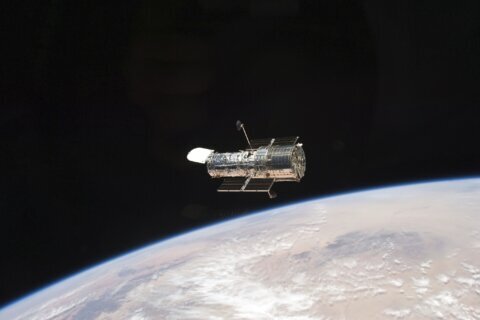WASHINGTON — June 30 will be a slightly longer than a typical summer day, not because of the Summer Solstice, which occurred June 21, but because of the need to adjust the Earth’s clock by a bit.
Enter the leap second.
Scientists at NASA say the official global clock, called Coordinated Universal Time, will be extended by 1 second just before midnight, July 1 to adjust for the Earth’s gradually slowing rotation.
The clock will move from 23:59:59 (one second before midnight) to 23:59:60 and then to 0:00:00 (midnight).
NASA says that the gravitational pull among the sun, moon and Earth are contributing to the slow down. But other factors here on Earth also can affect the speed of the planet’s spinning, including earthquakes, volcanic eruptions and even weather patterns such as El Nino.
NASA says more leap seconds will need to be added to the clock in the future. But adding leap seconds creates problems for computer systems and there have been calls to stop using them.
Read more about how scientists measure the passage of time (better known as atomic time) and how long it takes the Earth to complete a single rotation (the length of a day, which is typically 86,400.002 seconds) on NASA’s website.







